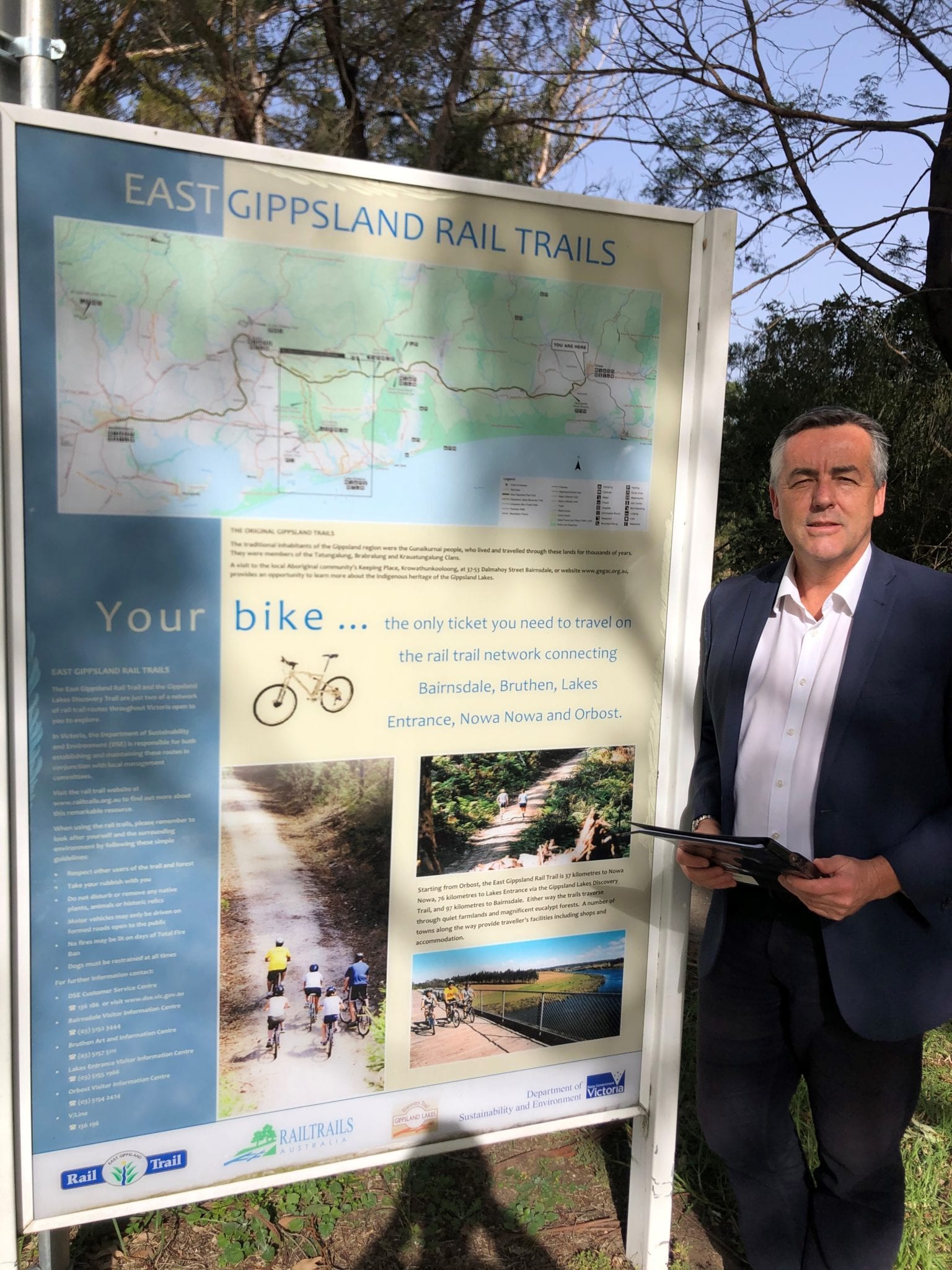Bushfire-impacted East Gippslanders have been short-changed and are owed an explanation, with the announcement of funding under the ‘Regional Economic Stimulus and Resilience Grants’ program.
As the Victorian region which suffered the most direct social, economic and environmental losses in last summer’s bushfires, it would’ve been reasonable to expect a larger percentage of the $34 million fund announced today would be allocated to East Gippsland projects.
Instead, East Gippsland has received less than $13 million for 10 projects, after waiting months for State Government bureaucrats to develop a process.
The 10 successful regional stimulus projects in Gippsland are as follows.
- $3 million to help rebuild the Mallacoota Abalone processing facility, which was impacted by fire.
- $2.8 million to revitalise and improve the Buchan streetscape.
- $2.35 million for Sailors Grave Brewing to develop agri-tourism through relocation and expansion.
- $1.5 million to support the first stage of the Metung Hot Springs tourism development.
- More than $1 million to enhance the Bruthen streetscape.
- More than $850,000 for Envite Environment to create trainee opportunities for young Aborigina lpeople to pursue careers in natural resource management.
- $562,000 for the redevelopment of the iconic Old Slipway in lakes Entrance.
- $400,000 for Tambo Valley Honey to develop an agri-tourism experience and destination honey shop.
- $267,000 for Destination Gippsland to develop tourism through a Gippsland Dark Skies Visitor Trail.
- $190,000 to help redevelop and expand the Riviera Nautic jetty infrastructure.
While the Federal Government is providing half the funding, the program was designed and administered by Bushfire Recovery Victoria. It has ignored projects with overwhelming community support like the East Gippsland Rail Trail redevelopment, Krautungalung boardwalk in Lakes Entrance and Raymond Island-Paynesville koala research and discovery centre.
It is a missed opportunity to strategically invest in the future of a region which has suffered more than most because of drought, bushfires, coronavirus, and State Government cuts to traditional industries. By any independent measure, East Gippsland is one of the most socially and economically disadvantaged regions of Australia.
To make matters worse, the only successful Mallacoota project was the much-needed abalone co-op rebuild but plans to re-establish the golf course and redevelop the streetscape in the middle of town have been overlooked. Mallacoota suffered the greatest loss of private residences and deserves more funding for projects of local and regional significance.
I have already been contacted by several applicants who were frustrated by the overly complex and bureaucratic nature of the program which has seen excessive delays and the failure to fund significant local priorities.
In the case of the rail trail, it is staggering that a project which stretches the length of some of the most directly bushfire-impacted areas has been completely ignored by the bureaucratic process. And to add insult to injury, the volunteer committee members were informed by email, after 5pm on Friday, that their hard work had been unsuccessful. They are shattered, angry and at a loss to understand what else they could do to improve their project.
To be clear, I have no axe to grind with the successful East Gippsland applicants and I wrote letters of support for many of the local projects which have been funded.
But how is it possible that the most severely bushfire impacted region, East Gippsland, did not receive a greater share of the funding under this program?
I call on the State Government to release the social and economic data used to develop this distribution of funds, along with the full assessment criteria and the weighting used to prioritise projects across Victoria.
The State and Federal Government bureaucrats who are running this process need to redress this imbalance with the remaining funds that have been provided under the local economic recovery program.

